HISTORY
Learn More About Origin Park's Origin Story
Learn More about Origin Park's Origin Story
OUR HISTORY
Preamble (2014–2016)
Although the concept of developing a park conservancy formally emerged in 2016, work on the Ohio River Greenway began in 2014. That year, the Ogle Foundation funded the development of a new Master Plan for the Ohio River Greenway. Community input meetings revealed that the surrounding landscape held vast potential, leading to the idea of a 600-acre park stretching from Loop Island across Silver Creek, with boundaries defined by Brown Station Way to the north and east and the Ohio River to the south.
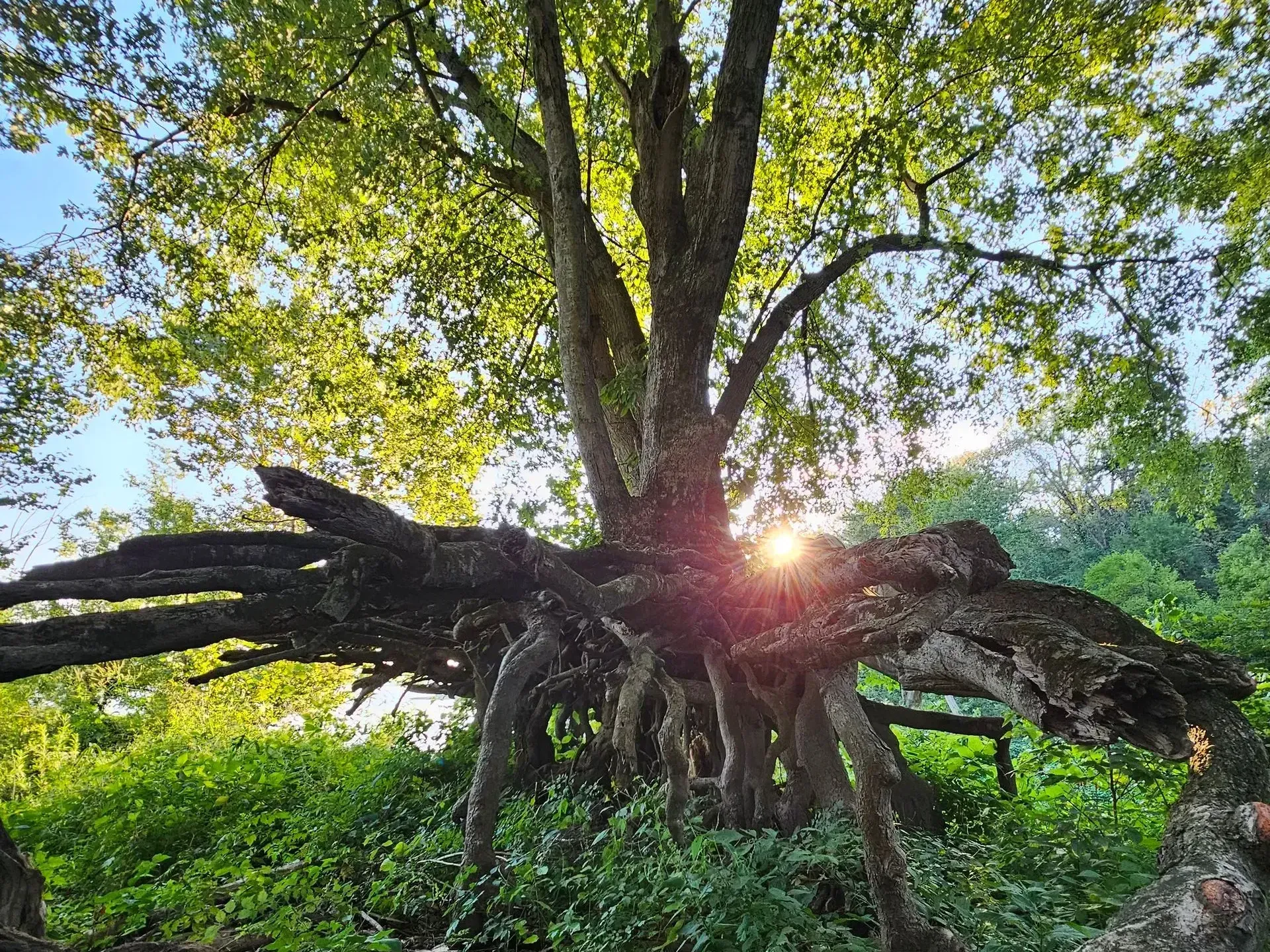
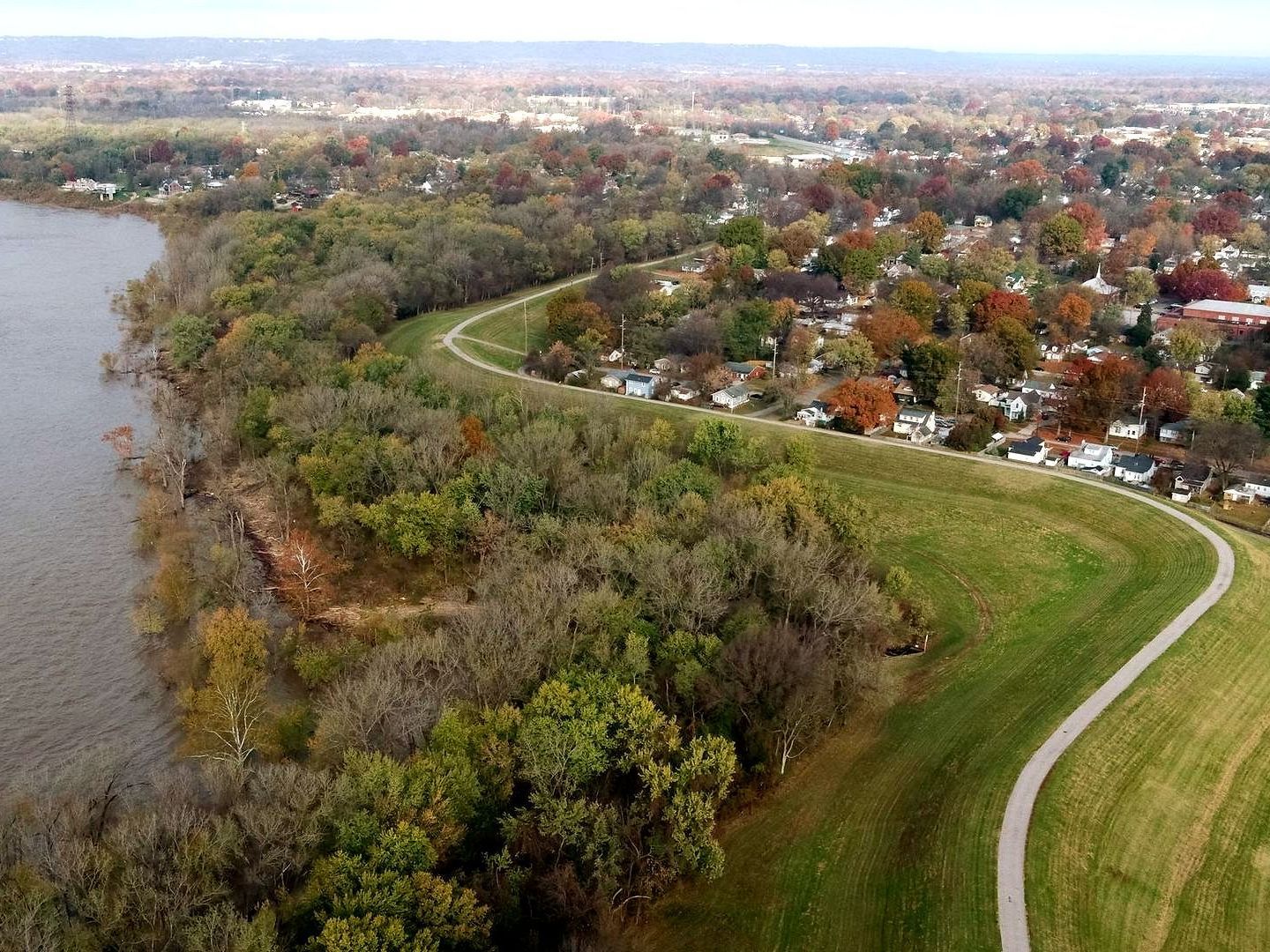
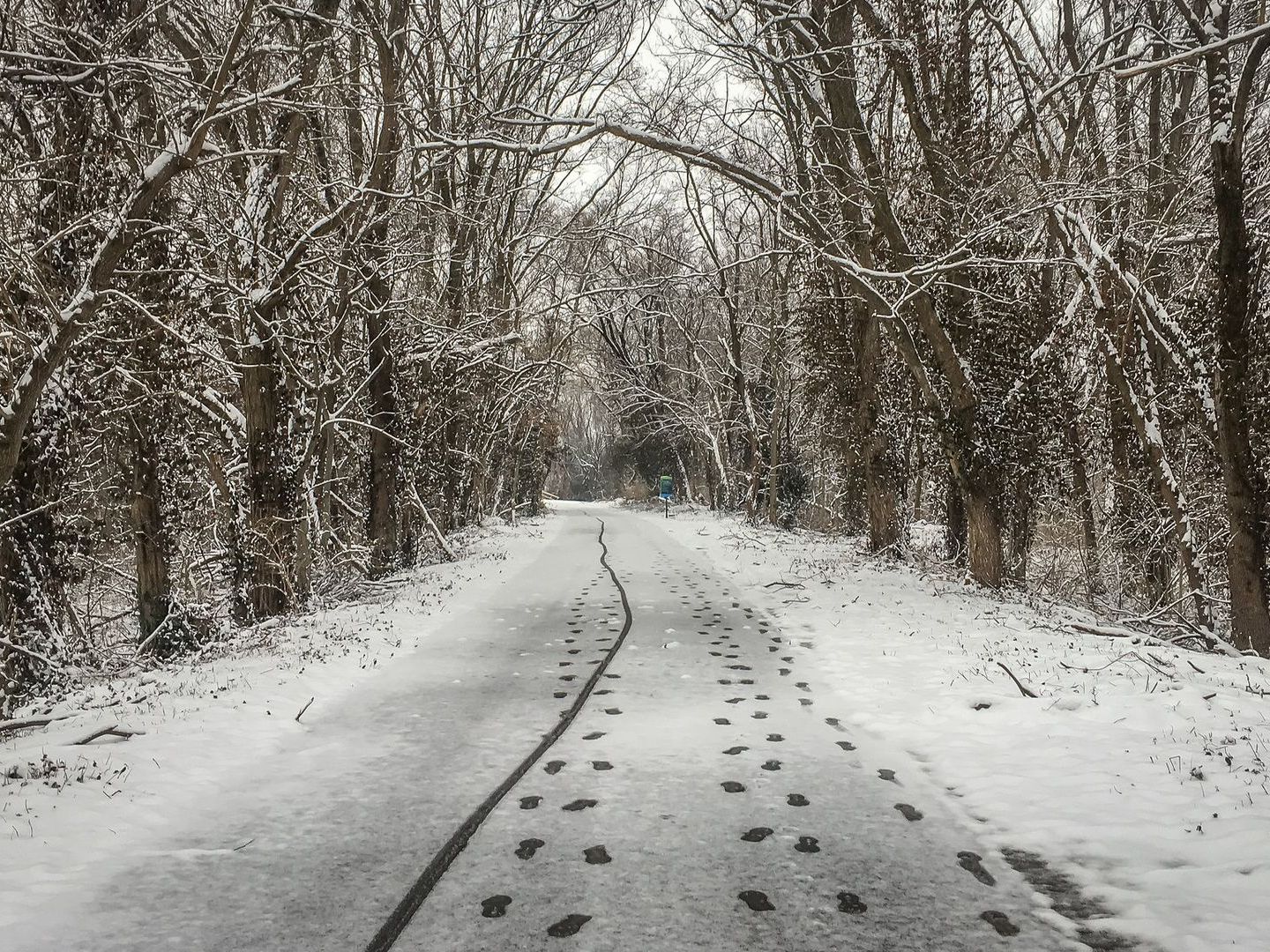
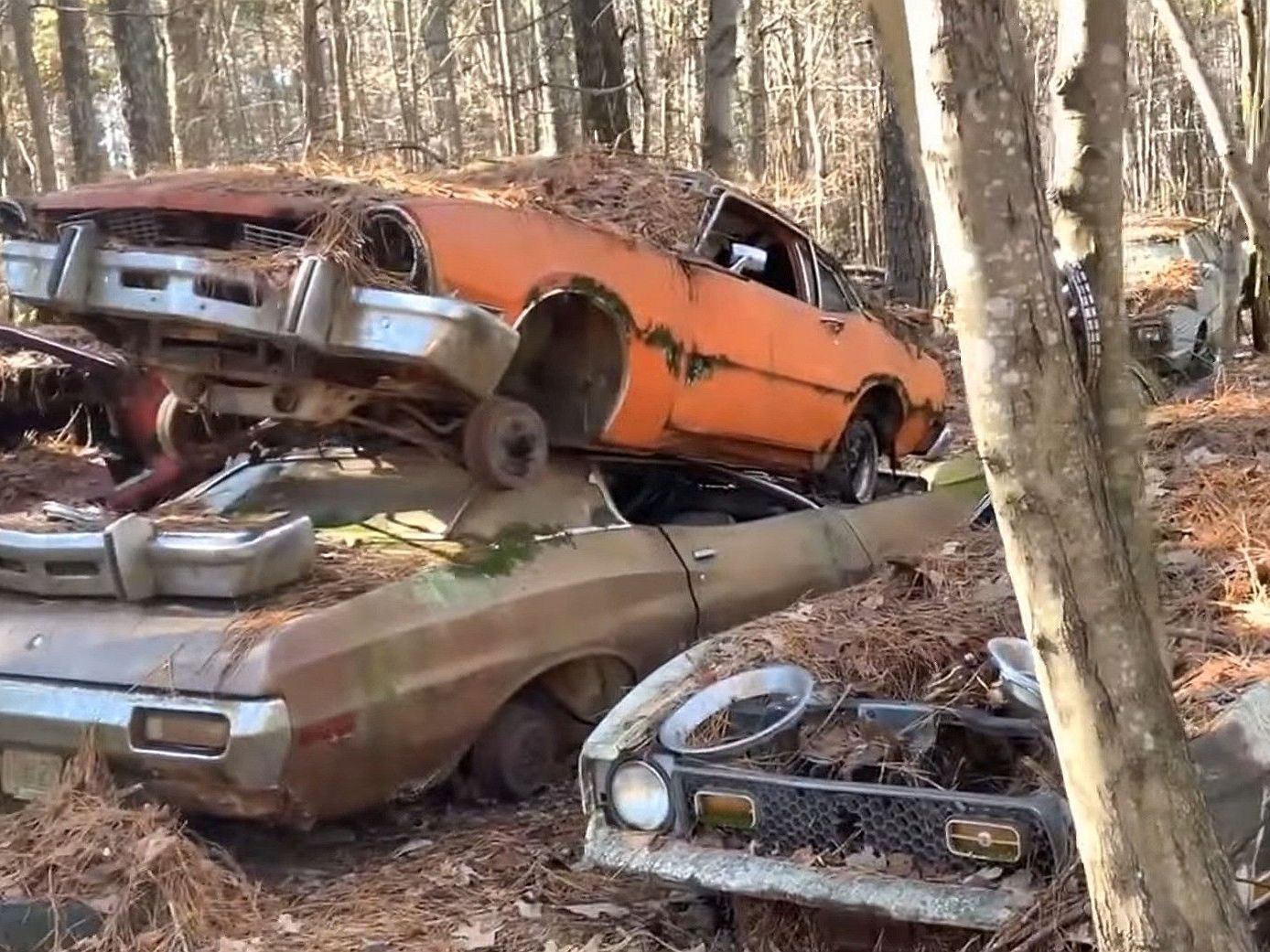
Milestones Timeline
2016
In November, River Heritage Conservancy (RHC) held its first official meeting to focus on building the envisioned park.
2017
· Hired the park’s first Executive Director.
· Secured the initial land acquisitions through grants from BlueSky and Ogle Foundations.
2018
· Approved Mission and Vision Statements.
· Selected Olin Design to develop the Master Plan for the park.
· Acquired or secured agreements for 239 acres of parkland.
· Successfully engaged key public partners at local, state, and federal levels.
2019
· Hosted the first RHC public event, attended by over 120 community leaders, to introduce the mission, vision, and Olin team.
· Approved the final Master Plan after refining four design alternatives.
· Increased parkland holdings to 297.82 acres.
2020
· Adapted to the COVID-19 pandemic with virtual board meetings and socially distanced events.
· Approved the name "Origin Park" and developed its logo.
· Hosted a masked social event that was livestreamed to introduce the Origin Park Master Plan.
· Secured all grant funding for the removal of the Providence Dam.
· Expanded parkland to 317.65 acres, including a 16-acre gift from the Jeffersonville/Clarksville Flood Control District.
2021
· Engaged HR & A Advisors to assess the economic and transformative benefits of Origin Park. HR & A is the nation’s leading firm, for this work in the urban landscape.
· HR & A Advisors delivered their report and concluded quantitatively that Origin Park would:
1) Attract and retain talent;
2) Increase home value;
3) Support a lifetime in Southern Indiana;
4) Spur economic growth and create quality jobs;
5) Increase visitation & tourism spending; and
6) Improve health outcomes for residents.
· Received Corps of Engineers approval for the Providence Dam removal permit.
2022
· Welcomed a new Executive Director and expanded staff with a Director of Development and Executive Assistant.
· Secured $9.3 million in funding through a READI Grant and Redevelopment Tax Credits.
· Controlled approximately 75% of the park’s total planned acreage.
2023
· Held the first park ribbon-cutting ceremony at Croghan Launch.
· Secured a $37.5M appropriation from the Indiana Legislature.
· Won a $800,000 EPA Multipurpose Grant for environmental assessment and cleanup.
· Formed Wildwater Ventures, LLC, for the Whitewater Adventure Park.
· Approved MOU with the Town of Clarksville.
· Expanded staff with roles including CFO, Construction Project Manager, Communications Director, Administrative Assistant, Park Maintenance staff, and contracted Development staff.
2024
· Further staff expansion, adding a CEO, Director of Park Operations, Park Curator, and Director of Development.
· Opened new office space and secured storage for park equipment.
· Finalized the design and permitting for the Event Center, selected a contractor, and held a groundbreaking ceremony. Construction was set to begin in November.
· Accelerated planning for the Whitewater Adventure Park, with RFPs released.
· Continued parkland acquisition, including a land swap, bringing total acreage to 342.25 acres.
2025
· Expanded staff with an Associate Director of Development and a Development and Membership Manager, bringing the total of staff members to 13.
· Event Center construction has started and is ongoing!
Ongoing Milestones
· Parkland Restoration & Cleanup – Every newly acquired property has undergone extensive cleanup efforts, gradually restoring the parkland’s natural beauty and enhancing the visitor experience.
· Trailheads & Programming – Since 2017, Origin Park has introduced various programs and, in recent years, opened multiple trailheads, providing an exciting preview of the park’s recreational offerings and evolving trail system.
Provided by Jim Kenney- Secretary/Founding Board Member
Milestones Timeline:
2016
In November, River Heritage Conservancy (RHC) held its first official meeting to focus on building the envisioned park.
2017
· Hired the park’s first Executive Director.
· Secured the initial land acquisitions through grants from BlueSky and Ogle Foundations.
2018
· Approved Mission and Vision Statements.
· Selected Olin Design to develop the Master Plan for the park.
· Acquired or secured agreements for 239 acres of parkland.
· Successfully engaged key public partners at local, state, and federal levels.
2019
· Hosted the first RHC public event, attended by over 120 community leaders, to introduce the mission, vision, and Olin team.
· Approved the final Master Plan after refining four design alternatives.
· Secured a contract to remove the Providence Dam, with support from the Indiana Department of Natural Resources, at no cost to taxpayers.
· Increased parkland holdings to 297.82 acres.
2020
· Adapted to the COVID-19 pandemic with virtual board meetings and socially distanced events.
· Approved the name "Origin Park" and developed its logo.
· Hosted a masked social event that was livestreamed to introduce the Origin Park Master Plan.
· Secured all grant funding for the removal of the Providence Dam.
· Expanded parkland to 317.65 acres, including a 16-acre gift from the Jeffersonville/Clarksville Flood Control District.
2021
· Engaged HR & A Advisors to assess the economic and transformative benefits of Origin Park. HR & A is the nation’s leading firm, for this work in the urban landscape.
· HR & A Advisors delivered their report and concluded quantitatively that Origin Park would:
1) Attract and retain talent;
2) Increase home value;
3) Support a lifetime in Southern Indiana;
4) Spur economic growth and create quality jobs;
5) Increase visitation & tourism spending; and
6) Improve health outcomes for residents.
· Received Corps of Engineers approval for the Providence Dam removal permit.
2022
· Welcomed a new Executive Director and expanded staff with a Director of Development and Executive Assistant.
· Secured $9.3 million in funding through a READI Grant and Redevelopment Tax Credits.
· Controlled approximately 75% of the park’s total planned acreage.
2023
· Held the first park ribbon-cutting ceremony at Croghan Launch.
· Secured a $37.5M appropriation from the Indiana Legislature.
· Won a $800,000 EPA Multipurpose Grant for environmental assessment and cleanup.
· Formed Wildwater Ventures, LLC, for the Whitewater Adventure Park.
· Approved MOU with the Town of Clarksville.
· Expanded staff with roles including CFO, Construction Project Manager, Communications Director, Administrative Assistant, Park Maintenance staff, and contracted Development staff.
2024
· Further staff expansion, adding a CEO, Director of Park Operations, Park Curator, and Director of Development.
· Opened new office space and secured storage for park equipment.
· Finalized the design and permitting for the Event Center, selected a contractor, and held a groundbreaking ceremony. Construction was set to begin in November.
· Accelerated planning for the Whitewater Adventure Park, with RFPs released.
· Continued parkland acquisition, including a land swap, bringing total acreage to 342.25 acres.
2025
· Expanded staff with an Associate Director of Development and a Development and Membership Manager, bringing the total of staff members to 13.
· Event Center construction has started and is ongoing!
Ongoing Milestones:
· Parkland Restoration & Cleanup – Every newly acquired property has undergone extensive cleanup efforts, gradually restoring the parkland’s natural beauty and enhancing the visitor experience.
· Trailheads & Programming – Since 2017, Origin Park has introduced various programs and, in recent years, opened multiple trailheads, providing an exciting preview of the park’s recreational offerings and evolving trail system.
Provided by Jim Kenney- Secretary/Founding Board Member




THE HISTORIC TIMELINE OF THE ORIGIN PARK LANDSCAPE
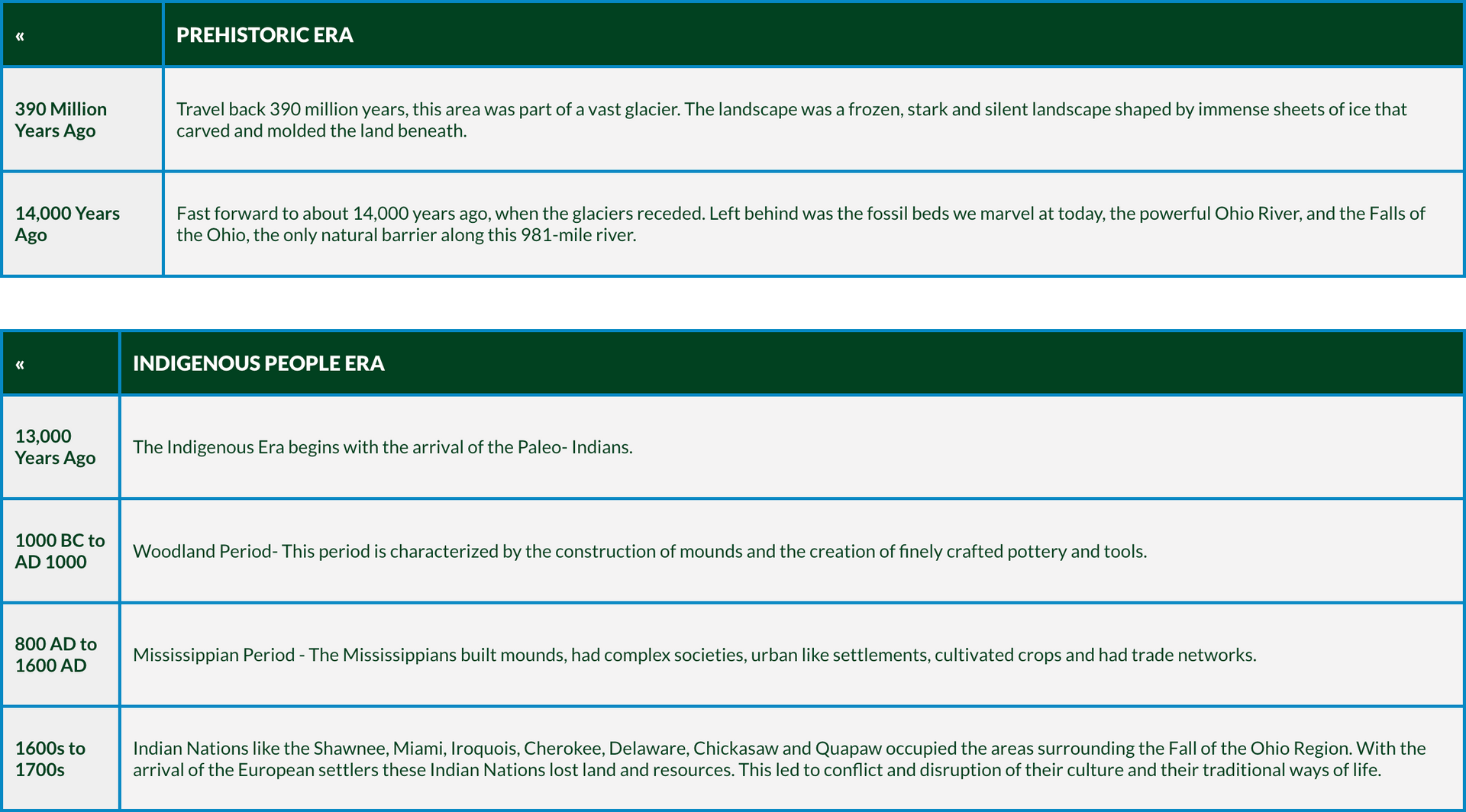
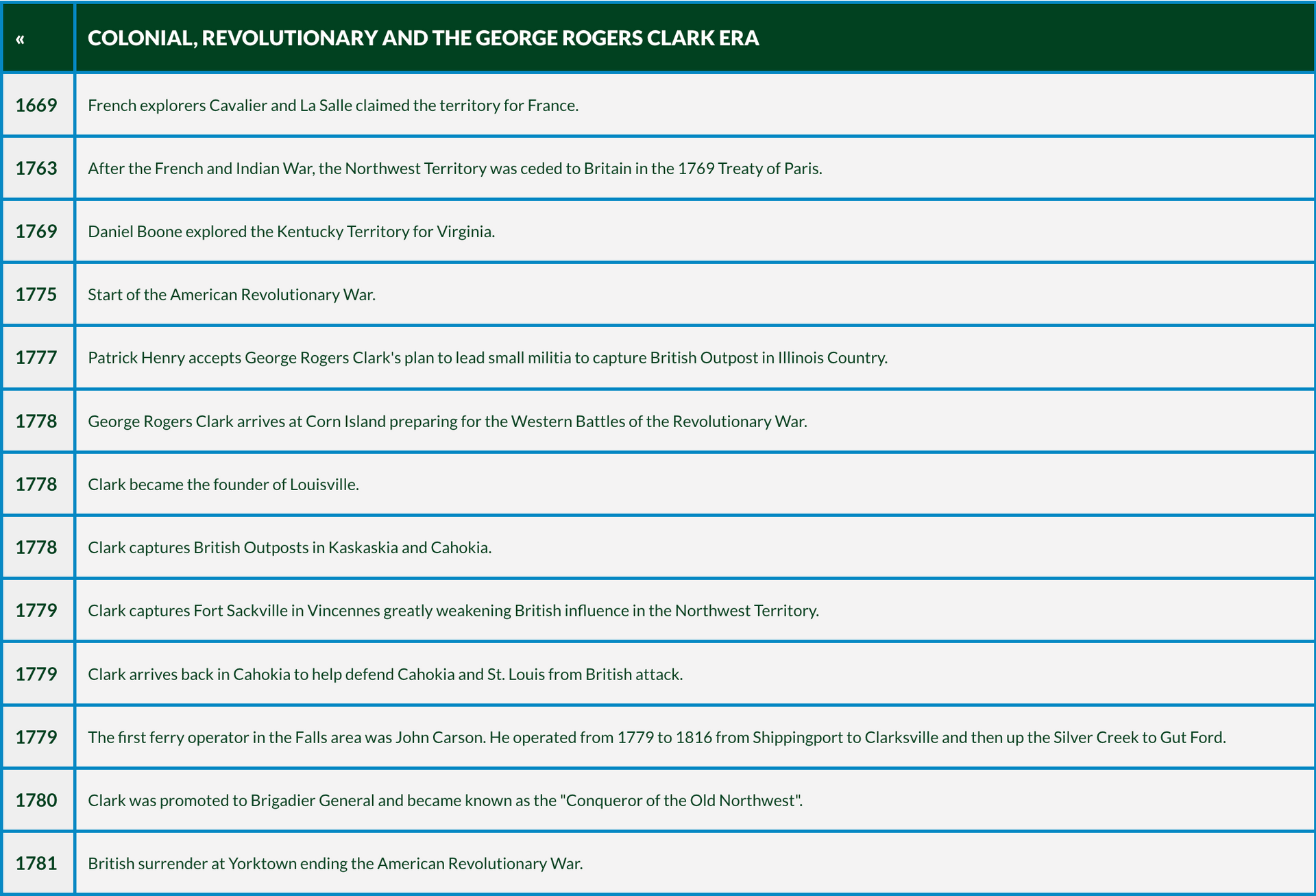
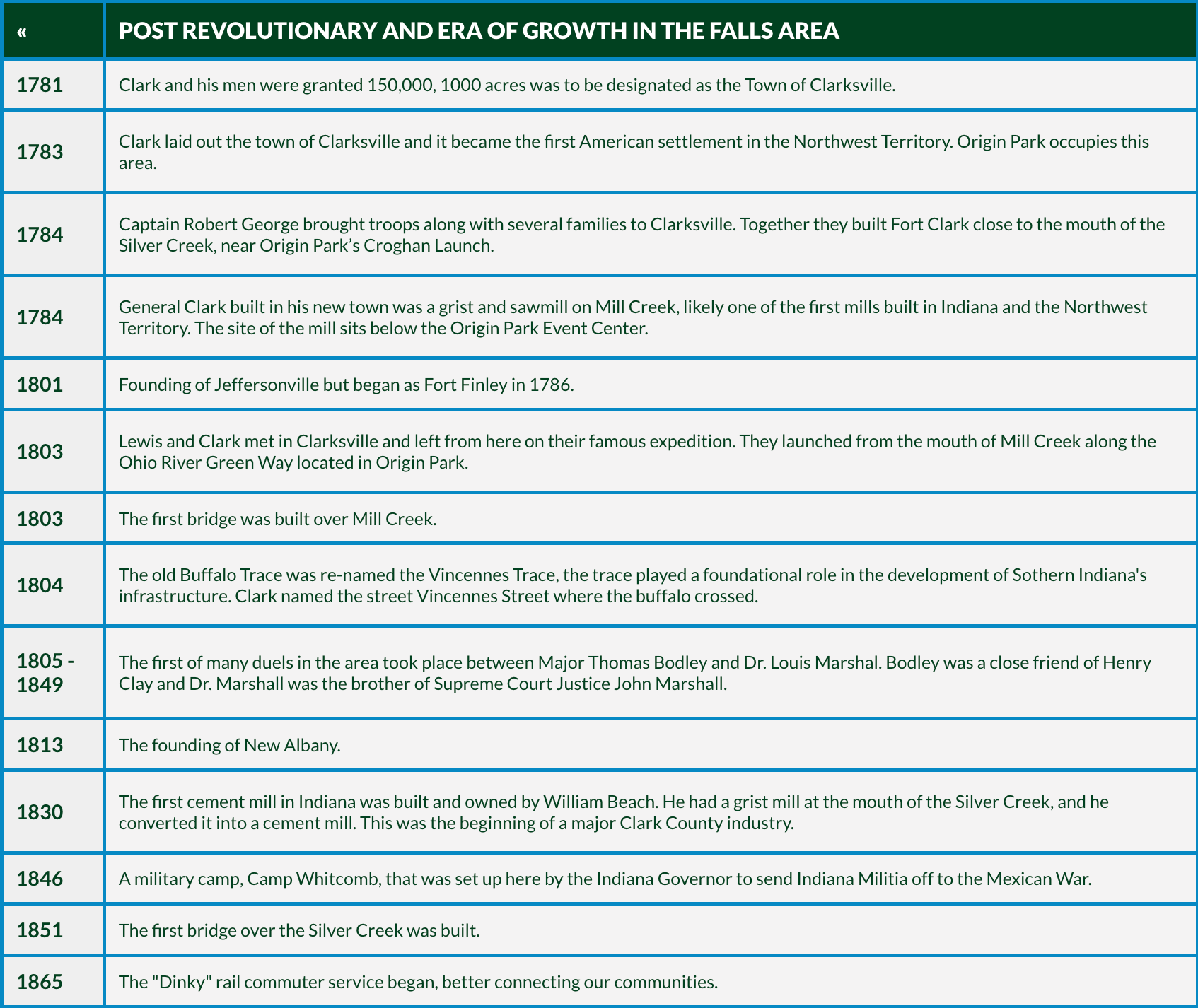
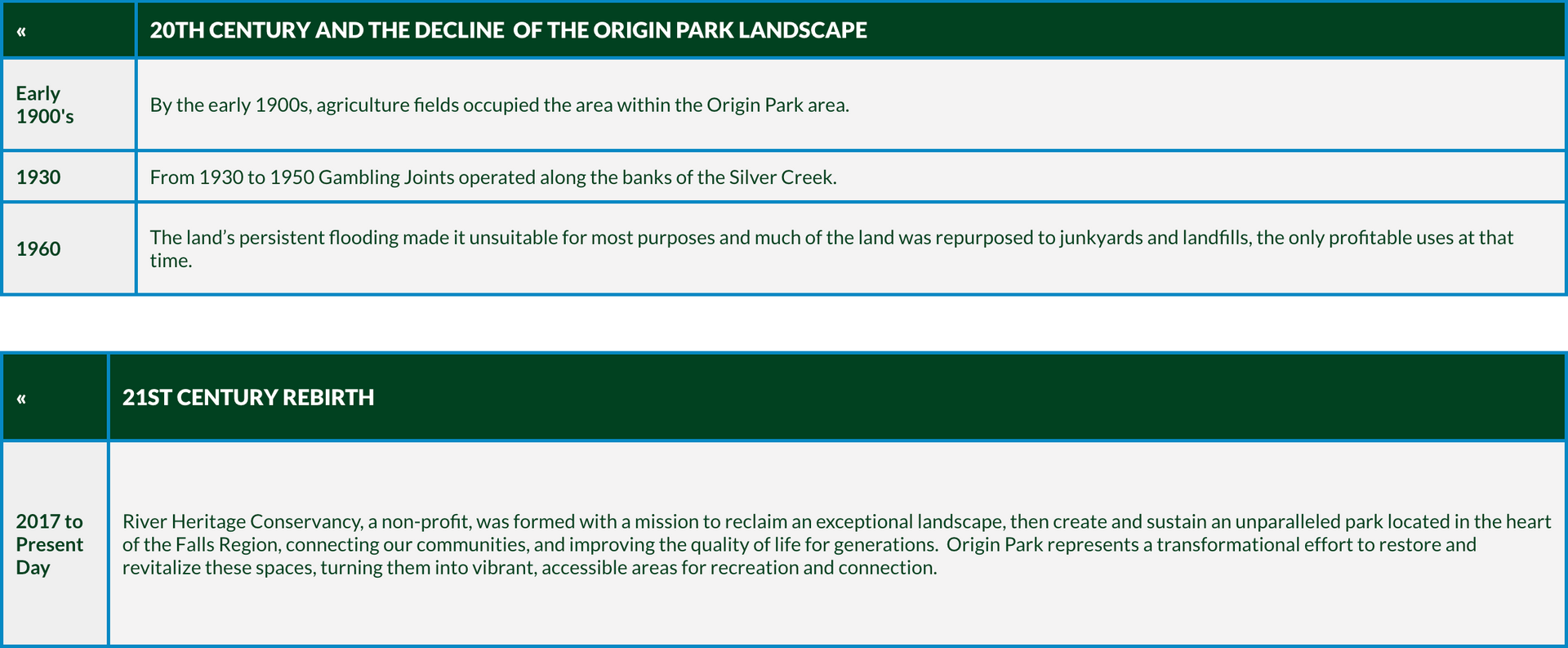
THE HISTORIC TIMELINE OF THE ORIGIN PARK LANDSCAPE
| « | PREHISTORIC ERA |
|---|---|
| 390 Million Years Ago | Travel back 390 million years, this area was part of a vast glacier. The landscape was a frozen, stark and silent landscape shaped by immense sheets of ice that carved and molded the land beneath. |
| 14,000 Years Ago | Fast forward to about 14,000 years ago, when the glaciers receded. Left behind was the fossil beds we marvel at today, the powerful Ohio River, and the Falls of the Ohio, the only natural barrier along this 981-mile river. |
| « | INDIGENOUS PEOPLE ERA |
|---|---|
| 13,000 Years Ago | The Indigenous Era begins with the arrival of the Paleo- Indians. |
| 1000 BC to AD 1000 | Woodland Period- This period is characterized by the construction of mounds and the creation of finely crafted pottery and tools. |
| 800 AD to 1600 AD | Mississippian Period - The Mississippians built mounds, had complex societies, urban like settlements, cultivated crops and had trade networks. |
| 1600s to 1700s | Indian Nations like the Shawnee, Miami, Iroquois, Cherokee, Delaware, Chickasaw and Quapaw occupied the areas surrounding the Fall of the Ohio Region. With the arrival of the European settlers these Indian Nations lost land and resources. This led to conflict and disruption of their culture and their traditional ways of life. |
| « | COLONIAL, REVOLUTIONARY AND THE GEORGE ROGERS CLARK ERA |
|---|---|
| 1669 | French explorers Cavalier and La Salle claimed the territory for France. |
| 1763 | After the French and Indian War, the Northwest Territory was ceded to Britain in the 1769 Treaty of Paris. |
| 1769 | Daniel Boone explored the Kentucky Territory for Virginia. |
| 1775 | Start of the American Revolutionary War. |
| 1777 | Patrick Henry accepts George Rogers Clark's plan to lead small militia to capture British Outpost in Illinois Country. |
| 1778 | George Rogers Clark arrives at Corn Island preparing for the Western Battles of the Revolutionary War. |
| 1778 | Clark became the founder of Louisville. |
| 1778 | Clark captures British Outposts in Kaskaskia and Cahokia. |
| 1779 | Clark captures Fort Sackville in Vincennes greatly weakening British influence in the Northwest Territory. |
| 1779 | Clark arrives back in Cahokia to help defend Cahokia and St. Louis from British attack. |
| 1779 | The first ferry operator in the Falls area was John Carson. He operated from 1779 to 1816 from Shippingport to Clarksville and then up the Silver Creek to Gut Ford. |
| 1780 | Clark was promoted to Brigadier General and became known as the "Conqueror of the Old Northwest". |
| 1781 | British surrender at Yorktown ending the American Revolutionary War. |
| « | POST REVOLUTIONARY AND ERA OF GROWTH IN THE FALLS AREA |
|---|---|
| 1781 | Clark and his men were granted 150,000, 1000 acres was to be designated as the Town of Clarksville. |
| 1783 | Clark laid out the town of Clarksville and it became the first American settlement in the Northwest Territory. Origin Park occupies this area. |
| 1784 | Captain Robert George brought troops along with several families to Clarksville. Together they built Fort Clark close to the mouth of the Silver Creek, near Origin Park’s Croghan Launch. |
| 1784 | General Clark built in his new town was a grist and sawmill on Mill Creek, likely one of the first mills built in Indiana and the Northwest Territory. The site of the mill sits below the Origin Park Event Center. |
| 1801 | Founding of Jeffersonville but began as Fort Finley in 1786. |
| 1803 | Lewis and Clark met in Clarksville and left from here on their famous expedition. They launched from the mouth of Mill Creek along the Ohio River Green Way located in Origin Park. |
| 1803 | The first bridge was built over Mill Creek. |
| 1804 | The old Buffalo Trace was re-named the Vincennes Trace, the trace played a foundational role in the development of Sothern Indiana's infrastructure. Clark named the street Vincennes Street where the buffalo crossed. |
| 1805 - 1849 | The first of many duels in the area took place between Major Thomas Bodley and Dr. Louis Marshal. Bodley was a close friend of Henry Clay and Dr. Marshall was the brother of Supreme Court Justice John Marshall. |
| 1813 | The founding of New Albany. |
| 1830 | The first cement mill in Indiana was built and owned by William Beach. He had a grist mill at the mouth of the Silver Creek, and he converted it into a cement mill. This was the beginning of a major Clark County industry. |
| 1846 | A military camp, Camp Whitcomb, that was set up here by the Indiana Governor to send Indiana Militia off to the Mexican War. |
| 1851 | The first bridge over the Silver Creek was built. |
| 1865 | The "Dinky" rail commuter service began, better connecting our communities. |
| « | 20TH CENTURY AND THE DECLINE OF THE ORIGIN PARK LANDSCAPE |
|---|---|
| Early 1900's | By the early 1900s, agriculture fields occupied the area within the Origin Park area. |
| 1930 | From 1930 to 1950 Gambling Joints operated along the banks of the Silver Creek. |
| 1960 to Present | The land’s persistent flooding made it unsuitable for most purposes and much of the land was repurposed to junkyards and landfills, the only profitable uses at that time. |
| « | 21ST CENTURY REBIRTH |
|---|---|
| 2017 to Present Day | River Heritage Conservancy, a non-profit, was formed with a mission to reclaim an exceptional landscape, then create and sustain an unparalleled park located in the heart of the Falls Region, connecting our communities, and improving the quality of life for generations. Origin Park represents a transformational effort to restore and revitalize these spaces, turning them into vibrant, accessible areas for recreation and connection. |

